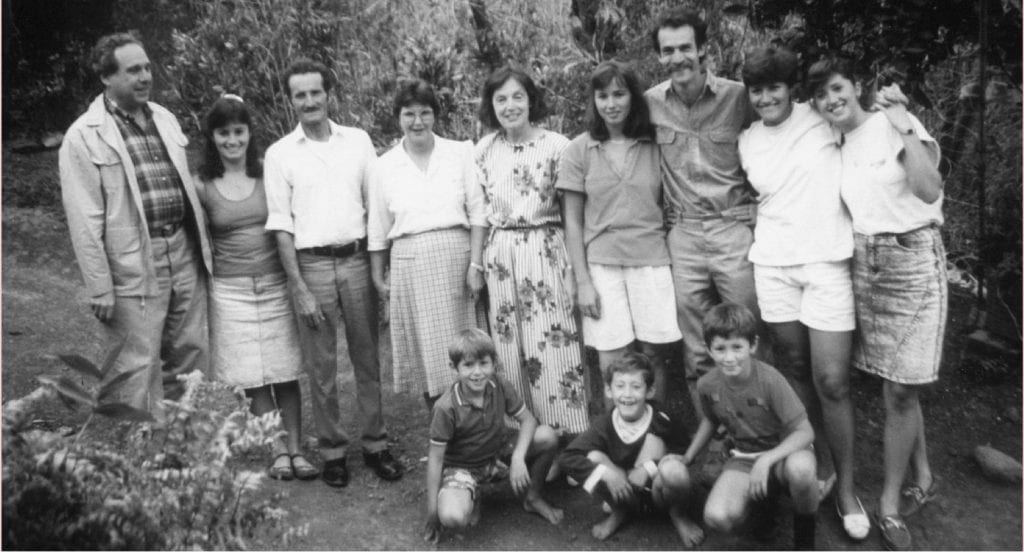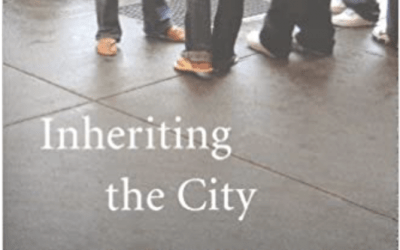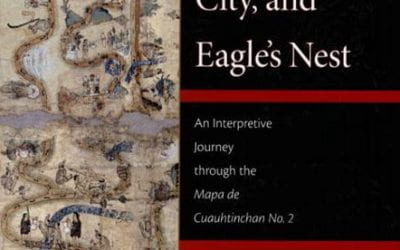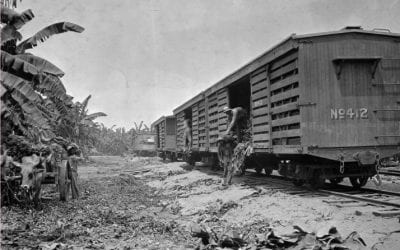The True Impact of the Peace Corps
Returning from the Dominican Republic ’03-’05
I served in the Peace Corps in Costa Rica from 1988-1990 as a soil conservation volunteer, one of only four serving there at the time out of over 200 volunteers. I was asked to do this work based on my Master’s degree in Soil Physics from the University of Massachusetts, which I had earned a few months before. My assignment was to a neighborhood that was fairly well-developed economically. I lived in Matinilla, a rural neighborhood dominated by the cultivation of coffee and onions. The goal of my project was to improve groundwater recharge in the basin of Rio Uruca through soil conservation practices such as drainways and terraces. This turned out to be a surprisingly easy sell, as the farmers in my neighborhood worked very steep hillsides which required terracing to be viable. They were happy to have me shovel along with them, and I really enjoyed their company. Wherever I went, I was treated like a family member. One day, a Costa Rican friend of mine asked me, “David, donde está tu pueblo?” (“David, where is your hometown?”) and I told him that I was standing in it. A person can really feel part of a community where everyone truly depends on everyone else for safety, financial security, and fun.
I don’t know that I ever specifically thought of myself as carrying out the visions of the 60s, although well into the 80s my younger brother called me a “hippy throwback.” I was a young child in the 60s, and certainly I had the chance that everyone had to have my head filled with notions of peace, freedom and justice for all. I saw my Peace Corps service as a way to pursue what I had learned in post-Harvard agriculture school in a really exciting context, and that did happen. I also learned much more from Costa Ricans about life than I could possibly have offered them about any particular U.S. ideals. I have to say that I think our nation is suffering from a tidal wave of cynicism, but the latest crop of teenagers seems to hold the promise of something different.
I say that because I do continue to pursue certain ideals in my life and work. I’m the single parent of two teens, one a visionary idealist, the other an awesome guitar player, so the 60s do live on in my home, perhaps. I also work in the Village School, the alternative public high school in Great Neck, New York, where every day I spend time with teenagers who are looking for a different way to understand and deal with the world. They’re not saints, but they do have a great empathy for children in other schools and other countries. They want their lives to be meaningful in terms of global citizenship, and some of them have thrown off the burden of irony and cynicism that are so destructive of the billions of tiny steps necessary to build a safer, happier world. I am also a volunteer educator for the Long Island Carbon Action Network, and continually work to enhance the link between people and our environment. I suppose that the word “ecology” entered ordinary conversation in the 60s, so perhaps I am living the dream.
Winter 2009, Volume VIII, Number 2
Related Articles
A Review of Inheriting the City: The Children of Immigrants Come of Age
As an immigrant trying to understand urban diversity here, I come back time and again to the U.S. writer E.B. White’s often-cited passage in Here is New York (1948) in search of useful clues. “There are roughly three New Yorks. There is, first, the New York of the man or woman who was born there, who takes the city for granted and accepts its size, its turbulence as natural and inevitable. Second, there is the New York of the …
A Review of Cave, City, and Eagle’s Nest: An Interpretive Journey through the Mapa de Cuauhtinchan No. 2
The publication of Cave, City, and Eagle’s Nest is an exceptional achievement, bringing into the light a tremendously important but formerly obscure Mesoamerican codex or pictographic text. Analogies to the (re)discovery and interpretation of the Dead Sea Scrolls are not unwarranted insofar as the book marks the reemergence of a fabulous and fabulously significant 500-year old document—the Mapa de Cuauhtinchan N…
Making A Difference: Repatriating Photographs
I first learned of the United Fruit Company’s operations in Colombia, like many people, when I read Gabriel García Márquez’s 100 Years of Solitude and its description of the 1928 massacre of banana workers in Santa Marta. A few years later, I was researching United Fruit for my dissertation, and was met with a wall of silence when I tried to contact the company to gain access to its records. Several other scholars including Philippe …





